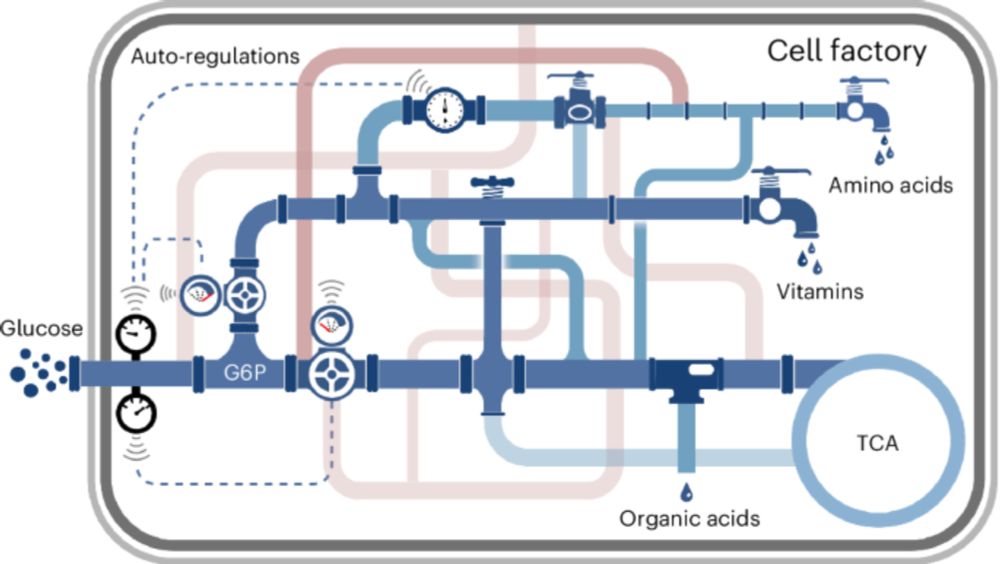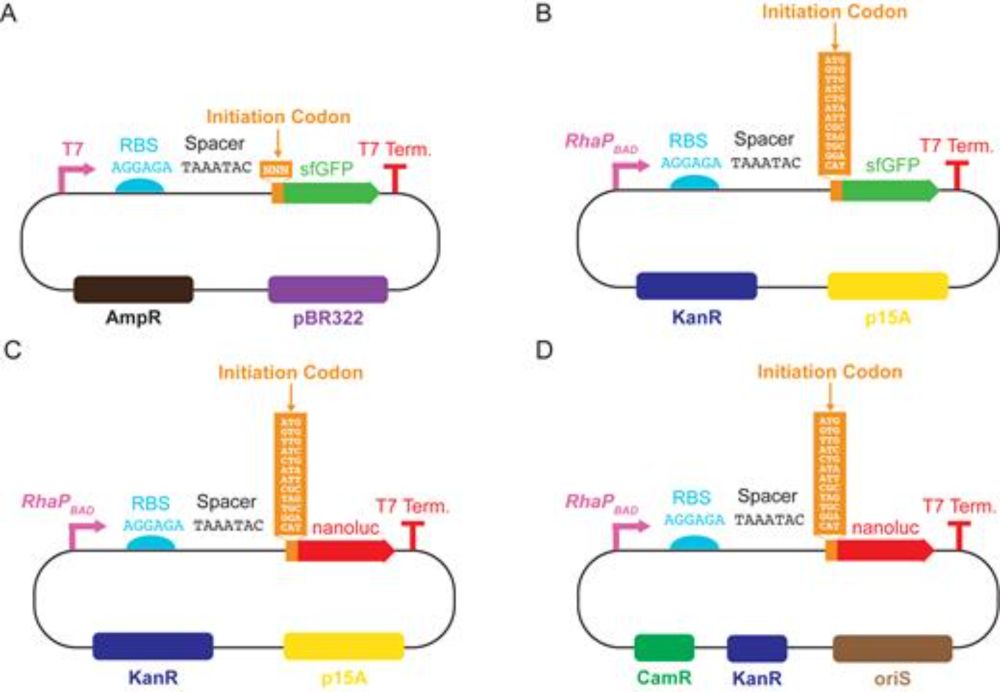
Your post made me think about this Methylobacterium that is able grow in triton! Happy hunting! journals.asm.org/doi/10.1128/...
24.10.2025 22:34 — 👍 1 🔁 0 💬 0 📌 0@woudenbe.bsky.social
| PhD candidate | Synthetic Biology | Metabolic engineering | C1 Metabolism |

Your post made me think about this Methylobacterium that is able grow in triton! Happy hunting! journals.asm.org/doi/10.1128/...
24.10.2025 22:34 — 👍 1 🔁 0 💬 0 📌 0Please repost!
Postdoc in adaptive laboratory evolution and C1 synthetic metabolism!
Location: DTU Biosustain
🦠🧬🔬
Starting in 01/2026!
Fell free to reach out if you have questions!
efzu.fa.em2.oraclecloud.com/hcmUI/Candid...
Methylobacterium extorquens!
04.08.2025 11:21 — 👍 1 🔁 0 💬 0 📌 0Aromatic acid metabolism in Methylobacterium extorquens reveals interplay between methylotrophic and heterotrophic pathways www.biorxiv.org/content/10.1... #jcampubs
24.03.2025 13:02 — 👍 3 🔁 3 💬 0 📌 0
Interested in Sustainability, Metabolic Engineering and Evolution?
Check out how we convinced E. coli to grow on the CO2-derived substrate formic acid using the synthetic Serine Threonine Cycle! ♻️🌱🦠
OPEN ACCESS publication to be found here:
🚨 doi.org/10.1016/j.ym... 🚨
#MEvoSky #microsky
(1/🧵)

Beyond the pink: uncovering the secrets of pink pigmented facultative methylotrophs link.springer.com/article/10.1... #jcampubs
06.03.2025 14:05 — 👍 15 🔁 2 💬 0 📌 1
REVIEW: Design and regulation of engineered bacteria for environmental release
by Chris Voigt & co
#microsky
www.nature.com/articles/s41...

Methanol transfer supports metabolic syntrophy between bacteria and archaea www.nature.com/articles/s41... #jcampubs
30.01.2025 14:30 — 👍 27 🔁 12 💬 1 📌 2
Eukaryotic promoters are complex, making synthetic promoter design challenging. In a recent paper, Masahiro Tominaga’s team decoded key design rules and demonstrated the potential of their inducible yeast promoters for biologic production. Learn more 👇
24.01.2025 21:45 — 👍 7 🔁 2 💬 0 📌 0Led astray by 16S rRNA: phylogenomics reaffirms the monophyly of Methylobacterium and lack of support for Methylorubrum as a genus academic.oup.com/ismej/advanc... #jcampubs
21.01.2025 14:35 — 👍 6 🔁 2 💬 1 📌 0
🚨 Out now with free access!
A set of programmable bifunctional biosensors for real-time monitoring of glucose uptake rates and dynamic dual control of glucose uptake and central metabolism. #ChemSky #ChemBio
Link: www.nature.com/articles/s44...

Some examples showing this from my group's research:
doi.org/10.1093/nar/...
doi.org/10.1101/2021...